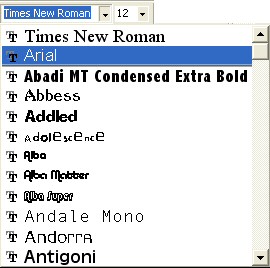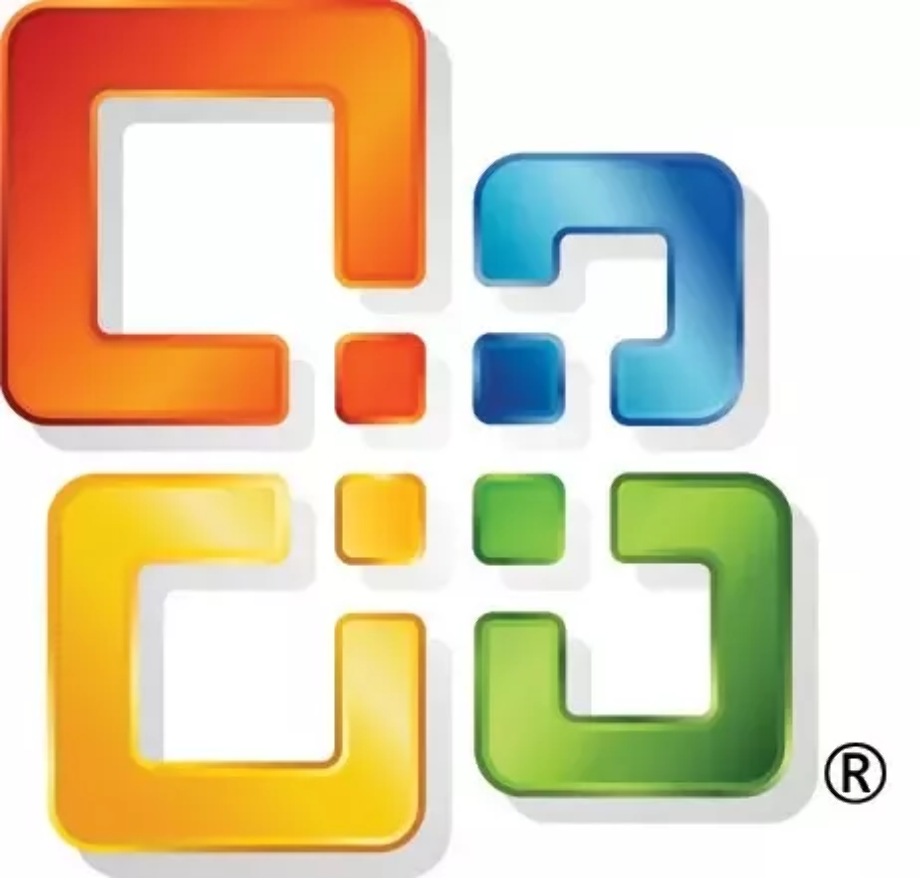
- #MICROSOFT OFFICE LOGO FONT WINDOWS 10#
- #MICROSOFT OFFICE LOGO FONT WINDOWS 8#
- #MICROSOFT OFFICE LOGO FONT WINDOWS 7#
- #MICROSOFT OFFICE LOGO FONT WINDOWS#
#MICROSOFT OFFICE LOGO FONT WINDOWS#
For the Windows 11 logo, Microsoft got rid of the angle and decided on a simple grid of four squares rendered in blue. We now come to the present day with Windows 11, which Microsoft released in 2021. RELATED: The 10 Greatest Versions of Windows, Ranked The Grid Window: 2021-Present The Windows 11 logo took design cues from the Microsoft logo. However, there are some variations in the precise angles and pane sizes between different versions.
#MICROSOFT OFFICE LOGO FONT WINDOWS 10#
The new angled window logo also appeared in Windows RT (2012), Windows Phone 8 (2012), some versions of Windows Embedded Compact, Windows 8.1 (2013), and Windows 10 (2015). The new logo’s stark design also purposefully reflected Windows 8’s “Metro” interface, which included app panels (tiles) instead of icons.
#MICROSOFT OFFICE LOGO FONT WINDOWS 8#
With Windows 8 (2012), Microsoft went back to the drawing board with the Windows logo, abandoning the waving flag-like design used in the past and making the four panes look more like a house window again, but set at an angle. RELATED: Green Hills Forever: Windows XP Is 20 Years Old The Angled Window: 2012-2020 Logos used with Windows 8, RT, 8.1, 10, and Windows Phone 8.
#MICROSOFT OFFICE LOGO FONT WINDOWS 7#
Windows 7 (2009) continued the Vista tradition with variations, and Windows Phone 7 (2010) used a pure white version of the simple flag set in bubbles or squares shapes. With Windows Vista (2006), Microsoft gave the simple flag a new bloom gradient in the center and often placed it in a shaded bubble. Similar colors remained in the panels, but the black border disappeared. With Windows XP in 2001, Microsoft stripped down the flying flag idea into four simple colored panels waving in the wind. RELATED: Windows 95 Turns 25: When Windows Went Mainstream The Simple Flag: 2001-2011 Variations of the logo shape used with Windows XP, Vista, 7, and Phone 7. In particular, with the logos for Me and 2000, Microsoft added some extra square window elements around the flying flag for a fresher look. This new logo first appeared with Windows NT 3.5 in 1994, but soon made its way to Windows 95, Windows NT 4.0 (1996), Windows CE (1996), Windows 98, Windows Me (2000), and Windows 2000 in various forms. In 1994, Microsoft designers put a new spin on the waving flag logo of the Windows 3.1 era by tilting it clockwise at a slight angle, suggesting movement and action. RELATED: Windows 3.1 Turns 30: Here's How It Made Windows Essential The Flying Flag: 1994-2000 The flying flag logo used with Windows NT 3.5, 95, NT 4.0, CE, 98, Me, and 2000. Microsoft also used this flag logo with Windows NT 3.1 (the first-ever release of NT) the following year. I wanted to build some equity in the logo and it worked!” It established the colors, the overall design, has motion/dynamism, and it lasted decades. They used some outside designers, presented the finalists to me, and I chose the now-iconic Windows flag.

I directed the systems marketing group to develop a new one. Four colors (red, green, blue, and yellow) fill the panes of this flag-window, while the waving trail breaks into discrete blocks, possibly suggesting discrete digital units of information.įormer Microsoft VP Brad Silverberg related the origins of the famous flag logo to How-To Geek: “I felt was a huge missed opportunity, and that we needed to create a new logo and mandate it be used everywhere. Windows 3.1 freshened things up for Microsoft in 1992 by introducing a vibrant new logo that borrowed the windowpane motif but turned it into a waving flag with a trail behind it. RELATED: Windows 3.0 Is 30 Years Old: Here's What Made It Special The Windows Flag: 1990-1993 Logos used with Windows 3.1 and Windows NT 3.1. It’s a design motif that has stuck with Windows in various forms to this day. Some Windows application retail boxes also used an early illustration of a window with heavy gradients on some products to denote compatibility with Windows 3.0 (seen above on the left.) This is the first appearance of what is clearly a metaphor for a house window, with four panes set in a thick border. Sometimes one was reused, but there was no standard.” “Each marketing group, sales group, or sales event did their own.

“With Windows 3.0, there wasn’t a standard Windows logo,” says Brad Silverberg, the Microsoft VP in charge of Windows at the time. Like Windows 1.x and 2.x, Windows 3.0 (1990) mostly used a word-based logo-as seen above on the Windows 3.0 splash screen to the right. The Stark Window: 1990-1991 Logos used in the Windows 3.0 era. But it still set the stage for things to come.

After searching, we’ve only found it used in conjunction with a Microsoft Windows Development Seminar event hosted in 19-and a rare boxed copy of Windows distributed at the event. In a blog post from 2012, Sam Moreau of Microsoft cited this design as “the original Windows logo,” but in practice, it was rarely used at the time.


 0 kommentar(er)
0 kommentar(er)
